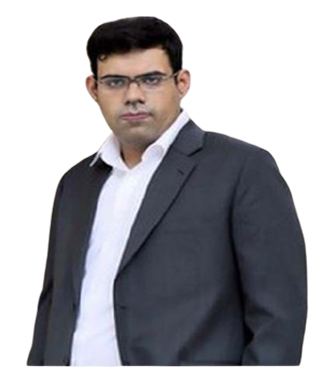Slip Disc
Your spine is comprised of a progression of bones (vertebra) put one over the other. Through and through, the spine incorporates 7 bones in the cervical spine, twelve in the thoracic spine, and 5 in the lumbar spine, trailed by the sacrum and the coccyx at the base. There is a pad between each 2 vertebra known as a plate. The circles ensure the bones by engrossing the stuns from everyday exercises like strolling, lifting, and curving.
Slip plate happens when the delicate inward gel-like segment of the circle stands out through the extreme external piece of a circle called annulus ring. It is otherwise called herniated plate or circle prolapsed or protruding plate. Slipped plates are similarly normal in youthful and more established grown-ups.
Any plate in the spine can prolapse. In any case, generally, slip plate happens in the lumbar piece of the spine (lower back pain). The measure of the prolapse can fluctuate. When in doubt, the bigger the prolapse, the more serious the sciatica side effects are probably going to be.
SYMPTOMS OF A SLIPPED DISC
You can have a slipped disc in any piece of your spine, from neck to the lower back. Side effects of slip circle differ, in view of where (for ex; L4-L5, L5-S1 in the lumbar spine or C5-C6, C6-C7 in the cervical spine) the slip plate has happened and on the off chance that it is squeezing any of your spinal nerves. The lower back is a standout amongst the most widely recognized regions for the slipped plate. A slipped circle can put additional weight on the nerves and muscles around it. Lower back slip disc frequently accompanies sciatica pain.
HOW TO MAKE DIAGNOSIS OF SLIPPED DISC
Your spine specialist doctor will initially play out a physical exam or clinical examination. He will search for the wellspring of your agony and uneasiness. This will include checking your nerve part and muscle quality. Following tests can enable your spine specialist doctor see the bones, nerves, circle, joints, and muscles of your spine and identify any damaged areas.



